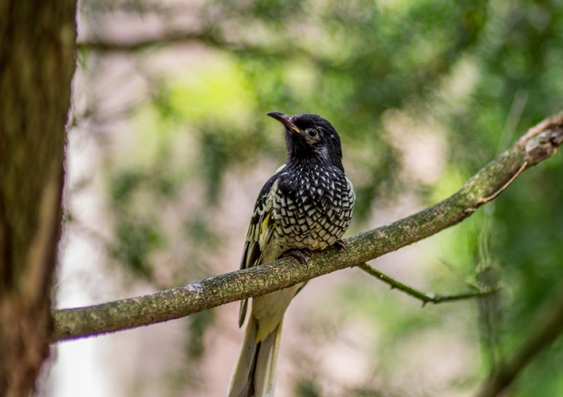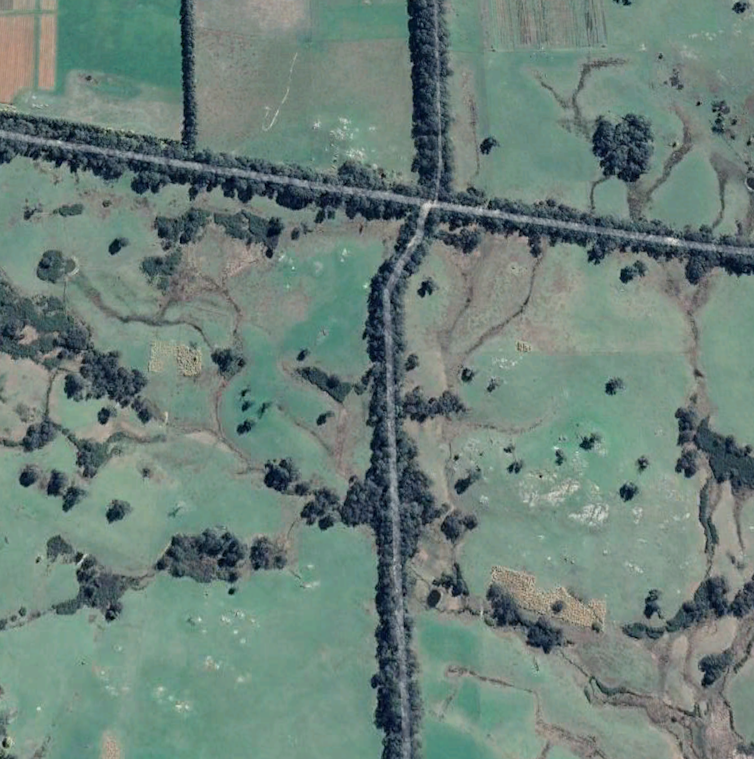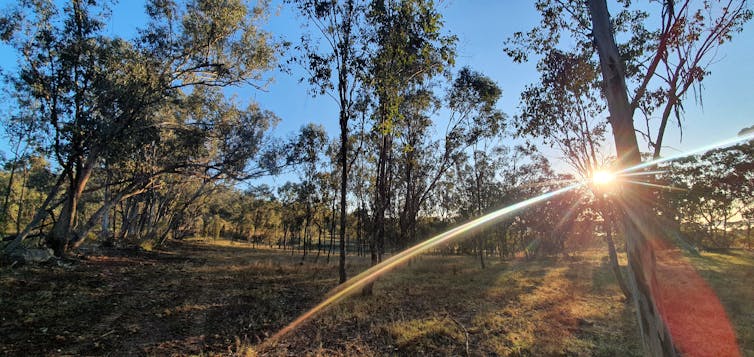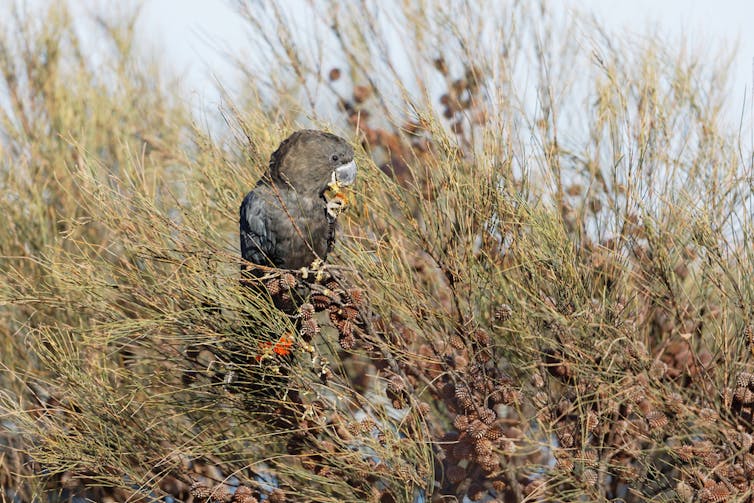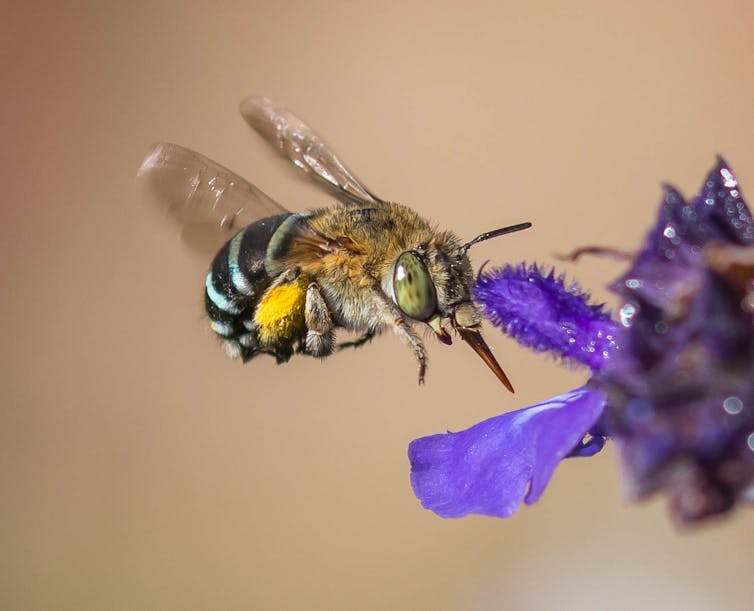Destroying vegetation along fences and roads could worsen our extinction crisis
Under a new code, rural landholders in NSW will be allowed to clear up to 25 metres of land outside their property boundary. This will be devastating for the wildlife that live or migrate there.


